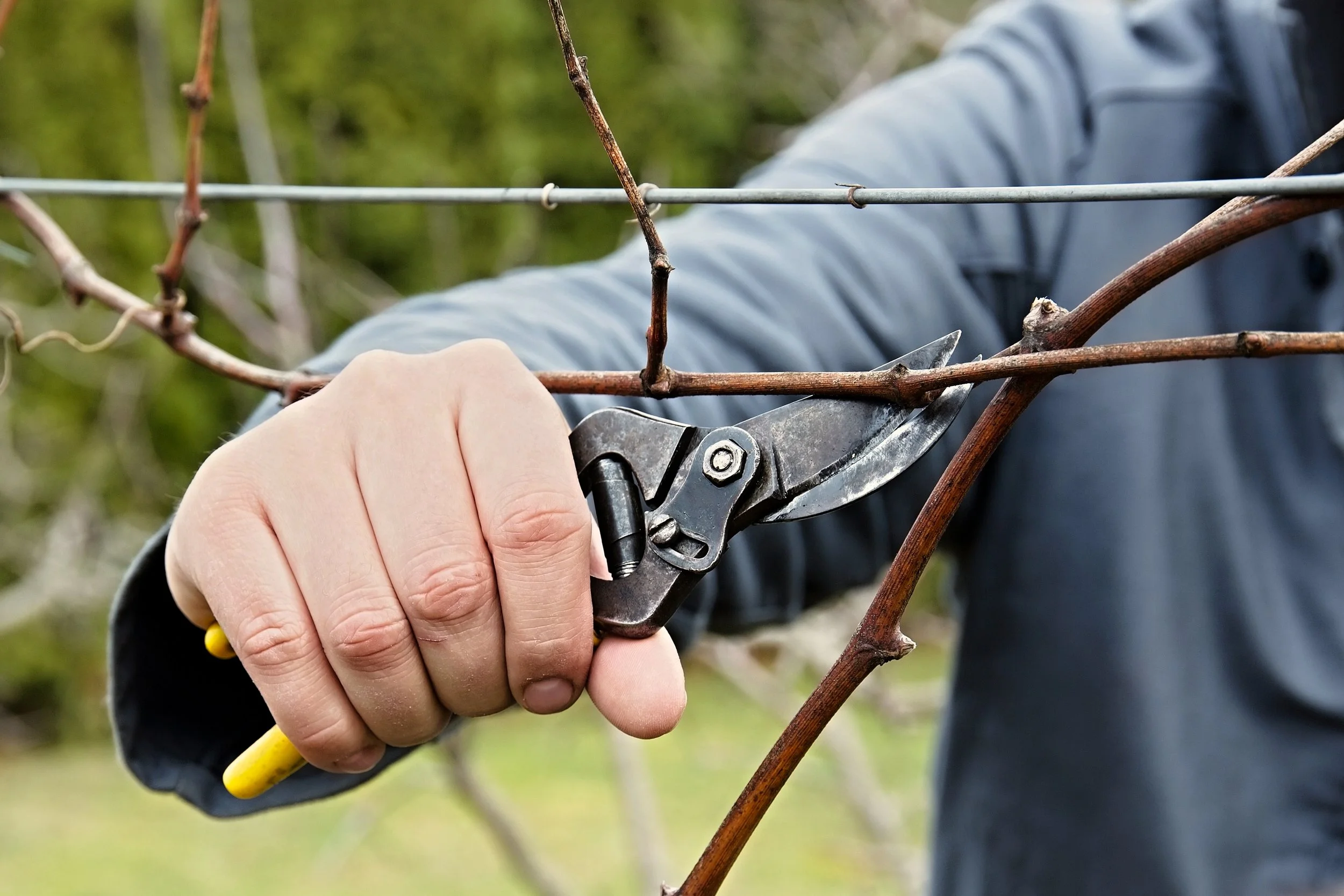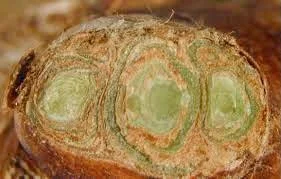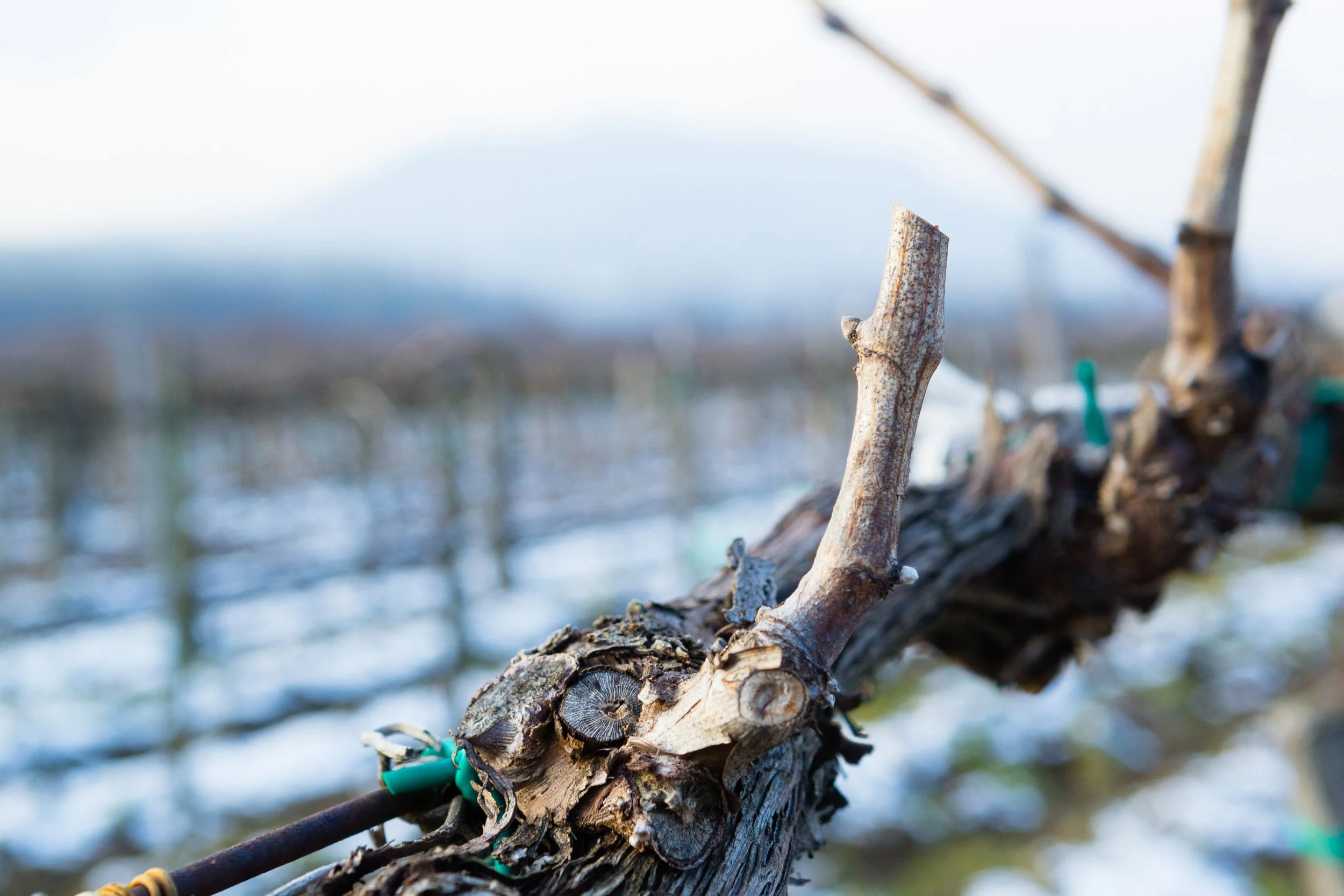Day 12: No branch can bear fruit by itself; it must remain in the vine
Jesus surveys the ground around him, holding his torch to illuminate the vineyard. Then, stooping down, he picks up a branch lying on the ground close to the next vine over. He straightens up and inspects the dead branch with the tiny, shriveled grape flowers that will never become grapes. It looks like somehow it might have gotten torn off a few days ago.
“No branch can bear fruit by itself,”
he says quickly, shaking his head with a little half-smile. Jesus catches Matthew’s eye, who nods and vocalizes agreement. Others nod and chime in, “Hmmm…” Jesus shrugs and, dropping the branch, he says more slowly,
“It must remain in the vine.”
Everyone’s eyes are fixed on the disconnected shoot on the ground. Perhaps, Matthew makes the first move and picks up the dead branch.. He quietly repeats what Jesus said, “It must remain in the vine…through all the cycles of growth…through every season…or there’s no fruit!” Jesus smiles and thinks to himself, “Yes, that’s it.”
Vineyard Metaphor
If we can understand what happens in the buds of a vine, perhaps we will gain deeper clarity on what Jesus is trying to say. In the winter, when the vineyard workers prune back the vines, they don’t just indiscriminately cut off the spent canes. While there are many different styles of pruning and trellising of grape vines, one principle is consistent.
The gardener must leave a bud or two that will produce fruit.
Let’s consider the buds that are left after pruning back the canes in winter. Each bud actually has three tiny buds inside. One of the buds is the primary bud that is biggest and strongest, and the other two are there in the event the main bud is damaged in some way. Packed inside the tiny buds is all of next year’s harvest. It’s like a tiny cosmos crammed into a 1mm universe!
A cross-section of a tiny, live bud with three primordia, just waiting for spring.
Before the bud bursts open in spring, it has already been on a year-long journey. The bud’s journey began the prior spring at the base of a branch that didn’t have any fruit on it, only leaves. As summer and fall rolled on, the nascent, almost invisible bud was nourished by the vine. If the vine was strong and well-cared for, the bud would be healthy, and the tiny flower clusters that were taking shape inside the bud would burst forth the following spring. So, when the vineyard workers prune the vine in winter, they cut back the cane that has leaves on it, leaving a spur with two barely visible buds for the fruit of next year’s harvest.
And here’s the point of understanding the journey of the bud: fruit grows on second-year wood, not on first-year wood because it takes that long for a bud to develop the internal system of leaves and fruit. It must REMAIN in the vine through all the seasons of a whole year to produce fruit during the second year.
Reflection and Meditation
As we consider this complex metaphor in our own life, it becomes apparent that our fruitfulness is dependent on staying connected to Jesus through all the seasons.
The first cycle of seasons of being connected to Jesus is all about creating the environment in which fruit can be produced. The Gardener, then, prunes back the cane with all the beautiful leaves… the first-year growth. Continuing with the metaphor, these leaves are perhaps things in our life that might have looked pretty good to us, but now they are gone, and all that is left is a small, uninteresting stump and two tiny buds. It may feel bad to have so much cut off, but now fruit will come because the buds have been nourished long enough. The buds have been nourished in secret for a whole year’s cycle of seasons.
Our inner life is like those buds. What is developed in secret will produce fruit in season.
Take a moment to sit with this metaphor of how fruitfulness is determined through the quiet, hidden development of a tiny bud over a long period of time.
Are you in the first-year cycle of growing beautiful leaves and creating an environment for fruitfulness?
Maybe you feel as if the gardener has pruned back your beautiful leaves a little too much, but can you see the tiny buds that have been left for a season of fruitfulness?
Consider your secret inner life that will produce the buds. Is it healthy? Is it getting the water and nutrients it needs?
Lift up your hopes, confessions, and life to the Gardener. Trust the Vine to provide all you need for your inner health.
“Solitude is the furnace of transformation. Solitude is the place of the great struggle and the great encounter – the struggle against the compulsions of the false self, and the encounter with the loving God who offers himself as the substance of the new self…”



